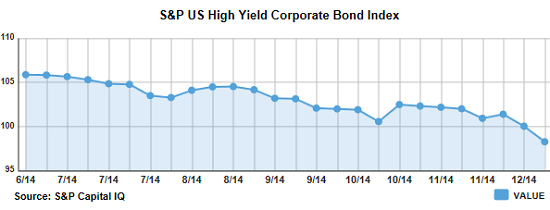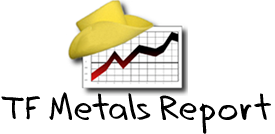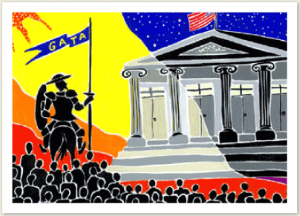 Back in May 2013, when we wrote “How “Modern Money” Really Works” and noted that in the current environment, as a result of prudential regulation, derivative clearing requirements, bilateral margin requirements and general economic uncertainty including deflationary scares and other flights to quality/safety, there could be a gargantuan shortage of “high-quality collateral” amounting to as much as $11.2 trillion, we explained that demand for Treasury paper will increase with every passing month as the market realizes that traditional supply/demand dynamics in the rates market no longer exist and have been supplanted by regulatory demand-side technicals coupled with supply calculus which is predicated almost exclusively by what central banks do, or rather, how much Treasurys they monetize.
Back in May 2013, when we wrote “How “Modern Money” Really Works” and noted that in the current environment, as a result of prudential regulation, derivative clearing requirements, bilateral margin requirements and general economic uncertainty including deflationary scares and other flights to quality/safety, there could be a gargantuan shortage of “high-quality collateral” amounting to as much as $11.2 trillion, we explained that demand for Treasury paper will increase with every passing month as the market realizes that traditional supply/demand dynamics in the rates market no longer exist and have been supplanted by regulatory demand-side technicals coupled with supply calculus which is predicated almost exclusively by what central banks do, or rather, how much Treasurys they monetize.
In retrospect, our observation also explains why everyone got the bond trade wrong in 2014, as everyone – most certainly Goldman Sachs and its clients – not only expected a global economic rebound (clearly that did not happen in 2014, when Chinese growth hit the brakes to record lows, and when both Japan and Europe re-entered recession absent GDP-fudging semantics), but were oblivious to the key considerations behind the high-quality collateral theme. Why, none other than Goldman in its Global Economics Weekly from June 27, 2012 and Fixed Income Monthly from July 2012 concluded that “there is not much evidence in favor of the explanation” of the high-quality collateral (HQC) thesis as a driver of Treasury demand. To see just how wrong Goldman was, compare the 10Y’s Friday close with Goldman’s 3.50% year-end target, and now add some 30x Total Return Swap leverage.
Which bring us to Friday afternoon, when as Goldman observes in a new note, “since then, the regulatory environment has further developed, with Dodd Frank now in place. Also, given this year’s rally in fixed income, the topic has become of interest again.”
So where do we stand now that there is still trillions of explicit demand of HQC. Well, it seems that contrary to all expectations that the global recovery will stabilize inflation (or maybe deflation now plunging oil prices are actually a good thing: it seems Keynesian dogma was only kidding after all)?
This post was published at Zero Hedge on 12/20/2014.






















 Follow on Twitter
Follow on Twitter
Recent Comments